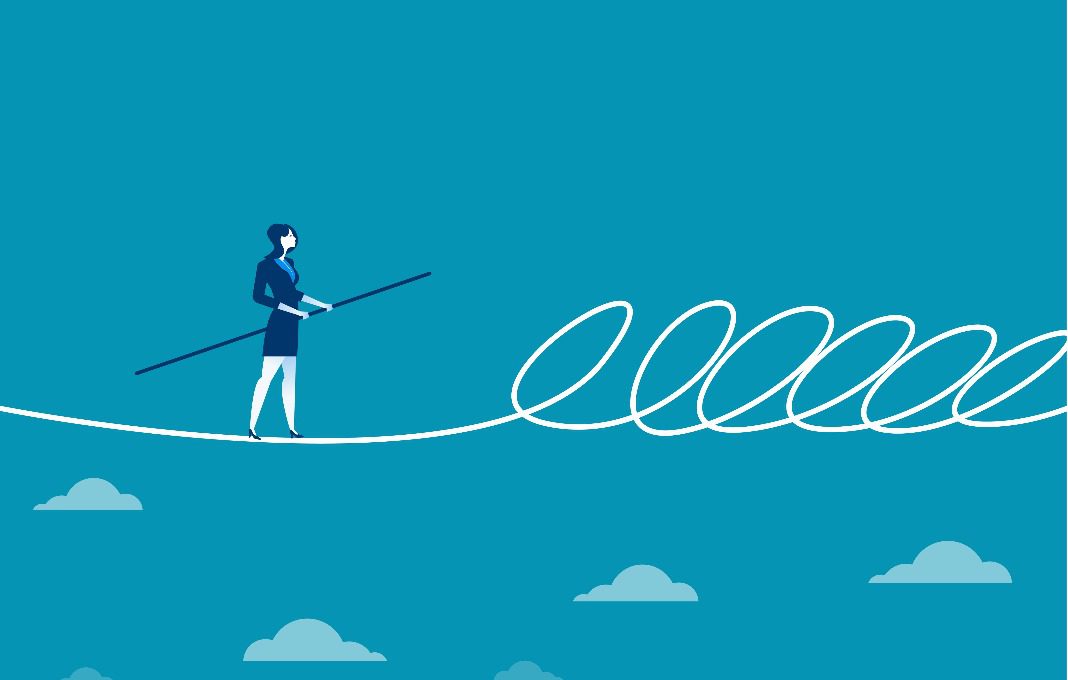Being CEO May Be Hazardous To Your Health



In a disturbing new study, researchers from the National Bureau of Economic Research found that the average lifespan of CEOs who lead their firms through “industry-wide downturns” decreased by 1.5 years. The authors, all professors at well-respected U.S. universities, question whether CEOs are fully aware of the personal costs of high-level leadership. At the same time, the results reflect how some CEOs have difficulty handling stress. Most CEOs are people who are very driven, and in times of pressure and stress, their natural tendency is to drive even harder.
The researchers looked at 1,605 executives who served as CEOs of large, publicly traded U.S. corporations in part from 1975 until 2012—long before the pandemic. An industry-wide shock was defined as a 30% median firm stock-price decline over a two-year horizon. About 40% of the bosses witnessed at least one period of industry turmoil during their tenure—such as the financial crisis of 2008—and 20% experienced two or more. The study used comparable death rates and other calculations for CEOs who didn’t face turmoil, to determine the shorter lifespans. Interestingly, the researchers also analyzed CEO photos and, using machine learning, concluded that they looked roughly one year older than they would have without the distress.
To be sure, some question whether industry-wide stress, while certainly mentally taxing on top bosses, really does shave years off a CEO’s life. There are studies that show stress can actually strengthen an organism. Consider the so-called Greatest Generation, those born between 1901 and 1927, who dealt with the Great Depression and World War II. Many of these people were enormously long-lived.
However, leadership today doesn’t look the same as it did decades ago, when the style leaned toward the intense, inflexible and authoritarian. These days, the ideal CEOs are ones that, while having the required business skills, also are learning agile and have a higher tolerance for ambiguity. The new ones tend to be self-disruptive—a bit of a Swiss army knife. Modern leaders can be more even-keeled, even in times of great turmoil.
Along with picking a better breed of leaders, companies can rely more on corporate wellness programs to develop high-level executives and other employees who manage both physical and mental stress. An analysis of the corporate wellness program at one large firm showed that for every dollar spent on the program, the organization saved nearly $4 in healthcare costs for its 56,000 employees.
Companies might also consider keeping tabs on the CEO’s mental health. The lead director or board chairperson can become a resource for the CEO to share their frustrations. The company’s chief human resources officer, who often has a finger on the pulse of overall employee health, can be the person in the C-suite to make sure the CEO doesn’t work himself or herself into the ground.

0

1:00 - 5:00 pm
Over 70% of Executives Surveyed Agree: Many Strategic Planning Efforts Lack Systematic Approach Tips for Enhancing Your Strategic Planning Process
Executives expressed frustration with their current strategic planning process. Issues include:
Steve Rutan and Denise Harrison have put together an afternoon workshop that will provide the tools you need to address these concerns. They have worked with hundreds of executives to develop a systematic approach that will enable your team to make better decisions during strategic planning. Steve and Denise will walk you through exercises for prioritizing your lists and steps that will reset and reinvigorate your process. This will be a hands-on workshop that will enable you to think about your business as you use the tools that are being presented. If you are ready for a Strategic Planning tune-up, select this workshop in your registration form. The additional fee of $695 will be added to your total.

2:00 - 5:00 pm
Female leaders face the same issues all leaders do, but they often face additional challenges too. In this peer session, we will facilitate a discussion of best practices and how to overcome common barriers to help women leaders be more effective within and outside their organizations.
Limited space available.

10:30 - 5:00 pm
General’s Retreat at Hermitage Golf Course
Sponsored by UBS
General’s Retreat, built in 1986 with architect Gary Roger Baird, has been voted the “Best Golf Course in Nashville” and is a “must play” when visiting the Nashville, Tennessee area. With the beautiful setting along the Cumberland River, golfers of all capabilities will thoroughly enjoy the golf, scenery and hospitality.
The golf outing fee includes transportation to and from the hotel, greens/cart fees, use of practice facilities, and boxed lunch. The bus will leave the hotel at 10:30 am for a noon shotgun start and return to the hotel after the cocktail reception following the completion of the round.